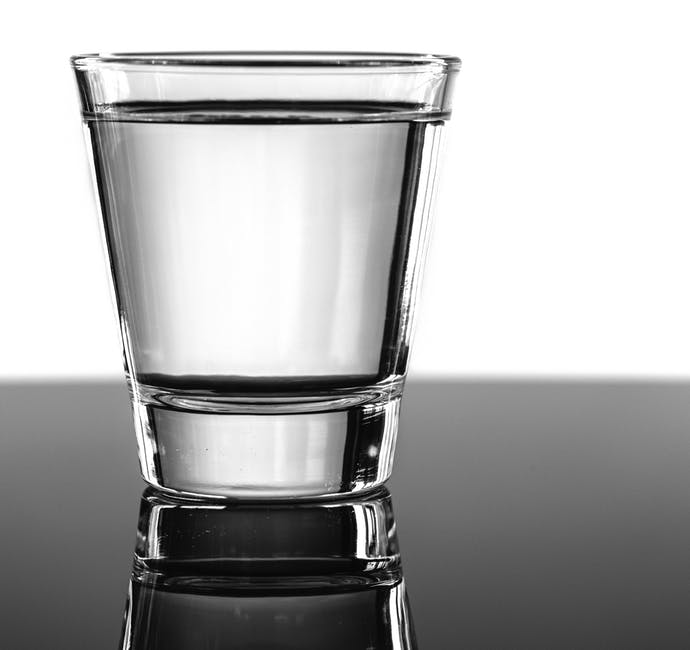There are more than 100 million plastic bottles of water used every day in the world! Why are people buying so many plastic bottles of water when most U.S. homes have running water?
Are you worried about the quality of your home’s water? If you’re worried about contaminants in your water such as lead, copper, or radioactive materials, it’s time to find ways to purify your water at home, and not create more waste. Here’s how.
Why Purify Tap Water
Are you certain of your tap water source? If not, you should purify it. Your water supplier only treats the water for pollutants, lead, mercury, and contaminants.
These contaminants could still make it into the water. This is why you should purify your water to make sure it is clean and safe.
When you purify your water, the purification removes all the contaminants and filters the dirt and bacteria. All of these things could be harmful to you and your family’s health. Raw sewage can sometimes make it into the water which will cause you to get sick.
Purifying your water lowers your risk of ingesting toxic chemicals significantly. These toxic chemicals can cause cancer. A study found that about 100,000 cancer cases were linked to toxins and tap water.
Removing these chemicals can also help improve the flavor of tap water. These contaminants can make your water taste unpleasant or sometimes metallic. The contaminants can also alter and make your water smell bad.
On the flip side, sometimes water suppliers add too much chlorine to your water. This can also cause serious problems like birth defects. Too much of these chemicals can also increase your chance of developing some diseases.
Purifying your water can also and improve your plumbing system. Tap water can cause scale to buildup on the inside of your pipes. Older houses can also have other contaminants like rust and copper with corroded pipelines.
As mentioned above, you can also reduce your carbon footprint by purifying your water. When you stop buying bottled water and switch to reusable water bottles and glasses instead.
Use Iodine
You can use iodine to treat and purify your water. You can find different forms including tablets or drops to fit any budget. Iodine kills bacteria and viruses.
When you use iodine, you need to wait 30 minutes before you drink the treated water. If you are pregnant, you should not use iodine. Also, iodine may have a taste you won’t like.
Iodine can treat water faster than chlorine. You can also pack iodine with you on camping trips purify water from the appropriate water sources.
You shouldn’t buy a huge supply of iodine until you have tried it. After you drop the tablet in the water, you should shake the container and hold it upside down.
Boiling
Boiling your water is a reliable way to purify your water. This is why areas will issue boil alerts when they know the water is contaminated.
Boiling water can take a while and also uses fuel. On a summer day, you may not want to use the stove to boil large quantities of water. You will also have to plan ahead of time if you do not like to drink hot water.
You will still need to filter the water to remove any particles in your water. Boiling only purifies and cleans the water, so you will still see those particles floating around.
Use Ultraviolet Light
Ultraviolet lights to purify your water looks like a small flashlight. You swish it around for a few minutes to kill bacteria. These devices are small and easy to carry around with you.
You will need batteries, which includes backup batteries. You will also have to filter out solid particles in the water.
Water Filters
There are several forms of water filters including whole house water filters, attachments to your faucets, pitchers, and other dispensers. You can use a combination or use one system that fits your budget.
You can use a water purification system that can remove contaminants and also improve the taste of water. There is not a filter that will remove all the contaminants so you need to make sure you have the right type of filter that fits your water source.
When deciding which filter you want, you should also think about the speed of the filter and how easy it is to maintain and install. Consider how many people are in your family, so you can get the water purified in time for everyone to enjoy.
Under-the-sink systems are some of the more premium and most expensive options. They are permanently installed and can filter your water in multiple states to remove more contaminants. They do filter larger amounts of water, but these filters do also waste some water.
You can use a countertop filter to install on your faucet. You can then switch back and forth between filtered and unfiltered water. You can mount these to the end of your faucet for a less expensive option.
The least expensive option is to use dispensers or filtered pitchers. These options are great if you want to improve the smell and taste of your water.
Pitchers don’t have a large capacity and do filter slowly. If you have a big family, you may want a larger dispenser to keep in the refrigerator.
Before you buy a filter, research the model on the NSF’s database. You can learn more details about the contaminants it will remove.
Ways to Purify Water Final Thoughts
Using one of these ways to purify water can give you peace of mind and also help you consume less waste. You can get pure water at home using one of these methods.
If you enjoyed this article, take a look at other articles on our site to help you with home projects or decor. After you get clean water, you can find other ways to improve your home’s energy efficiency or other home advice.

